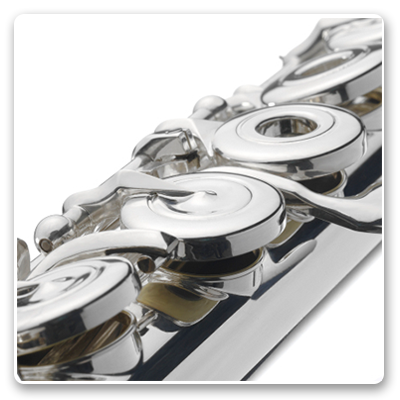
Flute
Get Schedules & Pricing
Teachers that teach Flute
Sada James Doup
Director / Owner
Sada set out on her musical journey with violin in hand at age 9 in Spokane. Quickly immersed in playing with local symphony orchestras, several string quartets, and as a soloist, she has a deep passion for music and continually seeks out new opportunities for learning and sharing.A bit about the Violin
The violin, also known as a fiddle, is a string instrument, usually with four strings tuned in perfect fifths. It is the smallest, highest-pitched member of the violin family of string instruments, which also includes the viola, and the cello. The modern word is derived from the Italian word violino, literally meaning ‘small viola’.
Someone who plays the violin is called a violinist or a fiddler. The violinist produces sound by drawing a bow across one or more strings (which may be stopped by the fingers of the other hand to produce a full range of pitches), by plucking the strings (with either hand), or by a variety of other techniques. The violin is played by musicians in a wide variety of musical genres, including Baroque music, classical, jazz, country music, bluegrass music, folk music, metal, rock and roll, and soft rock. The violin has come to be played in many non-Western music cultures all over the world.The violin is sometimes informally called a fiddle, regardless of the type of music played on it.
A person who makes or repairs violins is called a luthier. The parts of a violin are usually made from different types of wood (although electric violins may not be made of wood at all, since their sound may not be dependent on specific acoustic characteristics of the instrument’s construction), and it is usually strung with gut, Perlon or other synthetic, or steel strings.
Source: WikiPedia
A bit about the Violin
The violin, also known as a fiddle, is a string instrument, usually with four strings tuned in perfect fifths. It is the smallest, highest-pitched member of the violin family of string instruments, which also includes the viola, and the cello. The modern word is derived from the Italian word violino, literally meaning ‘small viola’.
Someone who plays the violin is called a violinist or a fiddler. The violinist produces sound by drawing a bow across one or more strings (which may be stopped by the fingers of the other hand to produce a full range of pitches), by plucking the strings (with either hand), or by a variety of other techniques. The violin is played by musicians in a wide variety of musical genres, including Baroque music, classical, jazz, country music, bluegrass music, folk music, metal, rock and roll, and soft rock. The violin has come to be played in many non-Western music cultures all over the world.The violin is sometimes informally called a fiddle, regardless of the type of music played on it.
A person who makes or repairs violins is called a luthier. The parts of a violin are usually made from different types of wood (although electric violins may not be made of wood at all, since their sound may not be dependent on specific acoustic characteristics of the instrument’s construction), and it is usually strung with gut, Perlon or other synthetic, or steel strings.
Source: WikiPedia

